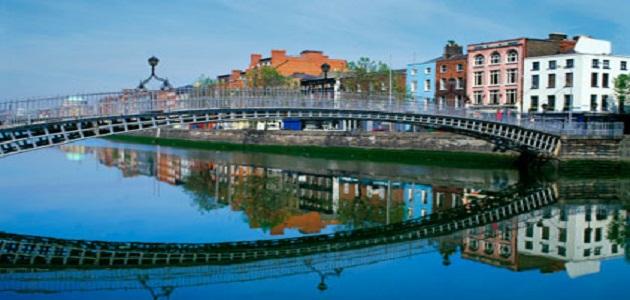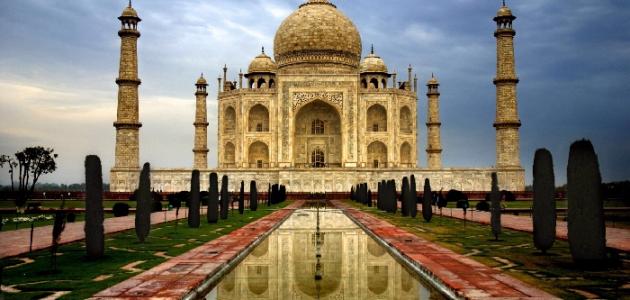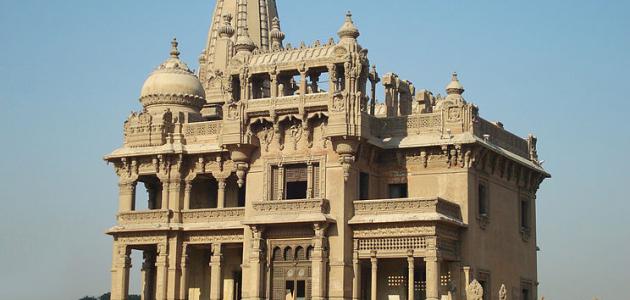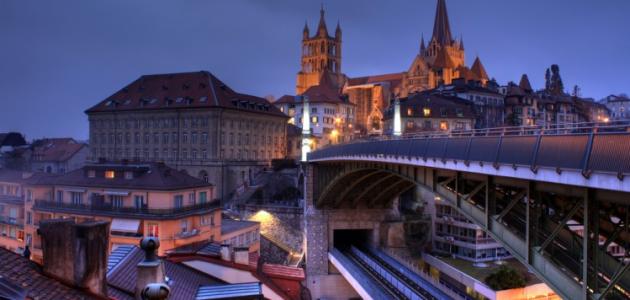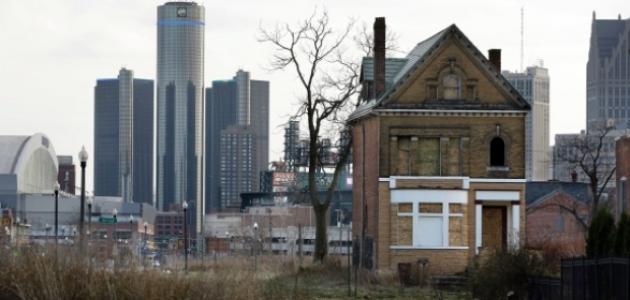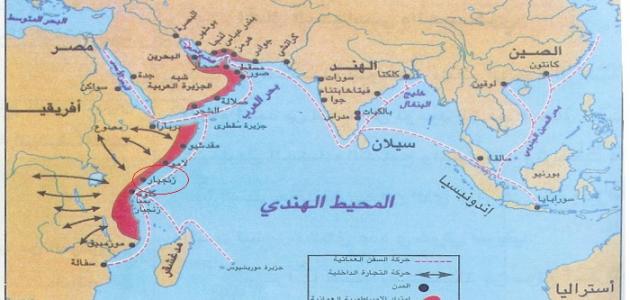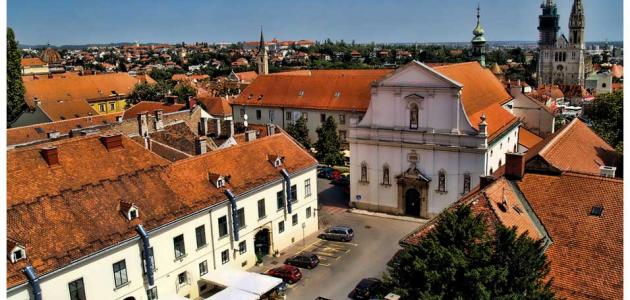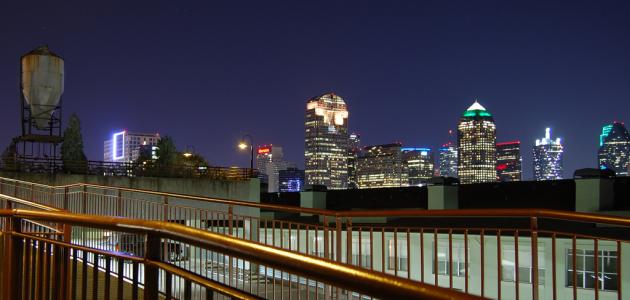Dublin
Dublin (in English: Dublin) is the capital and largest city of the Republic of Ireland, and the city is also called “Dyfflin” meaning the black pond, due to the dark swamp that flows into the River Liffey, on whose banks the city extends.
Dublin is distinguished as a modern and ancient city at the same time, which combines a past full of thorny political and economic events, and a thriving modern life that expresses the state of the city today, and it belongs to the Greater Dublin region, which also includes other cities, namely: County Meath, County Kildare, and County Wicklow, and the total area of Dublin is 118 kmXNUMX2.
Dublin site
Dublin enjoys a distinct strategic location. It is located on the eastern coast of Ireland in the province of Leinster, and it is a coastal city centered on the head of Dublin Bay, which overlooks the Irish Sea. Astronomically, the coordinates of the city extend between longitude 59 20 53 ″N and 37 15 6 ″N latitude.
Dublin climate
Dublin has a mild maritime climate, with warm summers and cold winters; In the winter, the temperatures are lowest in January and February, reaching an average of 6 degrees Celsius, while in the summer, the highest temperatures are in July and August, reaching 20 degrees Celsius, and the months of May and June witness significant sunshine, with an average of 4 hours. per day, as for the rainfall, it reaches 760-1,000 mm annually, and the mountainous regions witness the largest amount of precipitation.
Read also:Where is Amsterdam locatedDublin residents
The population of the city and county of Dublin is 1,273,069 people, and 1.8 million people live in the Greater Dublin region, and this number constitutes 39% of the population of Ireland, and Dublin is the largest region that includes a non-Irish population in all of Ireland. In the second half of the 20th century, the population of Dublin increased by 1% as a result of the migration of the population from the countryside to the city, and during the last quarter of the same period, the population began to move to new suburbs in the southwest and north of Dublin.
Dublin is a center for the main religious groups in Ireland, and it is the most religiously diverse city in the country, and several religions are spread in it as a result of immigration to the city and the growth of evangelical and charismatic Christian groups in the seventies of the last century; The majority of the city's population is made up of Roman Catholics, and censuses in the early twenty-first century showed a significant increase in the number of Protestants and Muslims living in the city. Recently, the number of people who do not profess any religion has increased, especially among young people.
Dublin Economy
Dublin has a strong economy; The economic activity in the city represents 47% of the GDP of Ireland, and this is a very high number compared to the city of London, for example, which contributes 20% of the GDP of the United Kingdom, and the city of Dublin provides job opportunities for approximately 925,000 people, or 49 % of the Irish people, according to 2011 AD, and the city of Dublin attracts large international companies; Where the headquarters of the top 10 international companies specialized in the information and communication technology sector are located, and the headquarters of 9 out of the 10 largest international companies specializing in software.
Read also:Where is Belgrade located?Dublin history
The first settlement established in the city of Dublin was Klat, and in the sixth century AD the Dublin Monastery was established in it, and the region began to attract the Viking tribes, and they called the region “Dyflinn”, and in the tenth century AD this region developed, and in the year 1170 AD and with the beginning of the Anglo-Norman occupation it was The city has an existing street system, walls surrounding it for protection, a cathedral, parish churches, and monastic houses were built on the banks of the River Liffey, and in the same year Dublin became the capital of Ireland and was populated largely by settlers from England and Wales.
At the beginning of the sixteenth century AD, Dublin suffered from the turmoil resulting from the conflict of King Henry VIII with the church, and many disturbances arose as a result of the looting and fragmentation of religious institutions that remained loyal to the Pope, and the king ordered the burning of sacred relics in the streets and the closure of monasteries, and as a result of these events the city underwent great changes And with the end of the seventeenth century AD, the city became the capital of the Irish kingdom, and the rule of the new English Protestant minority took over.
After the city of Dublin developed politically and increased its contacts with England, it ranked second as the most important city in the British Empire at the time, and a special parliament was established in it, but this parliament was abolished in the nineteenth century AD during the War of Independence that took place between 1919-1921 AD; Where the city was subjected to great destruction in all its regions, then it was exposed again to great destruction during the civil war in 1922 AD, and these wars resulted in the independence of Ireland, and Dublin became its capital.
Read also:Where is Troy located?Dublin landmarks
Dublin has a strong tourism sector. In 2013, the city received 3.9 million visitors, and the city's profits amounted to 1.4 million euros. Domestic tourism is very active. In 2014, the total exchange of domestic tourists in the city of Dublin amounted to 67% of the total exchange of domestic tourists in Ireland; Where the tourist and historical attractions in Dublin contribute greatly to the economy, and the most prominent of these attractions are:
- Dublin Castle: It is a famous castle that still maintains the shape of its external building as it is to this day. This castle was built in the thirteenth century AD on a settlement dating back to the Vikings, and Dublin Castle was an ancient center and seat of the British government for many centuries, and today this castle is used by the Irish government, It also witnesses many tours that allow tourists to see the castle from the inside, but at specific times.
- Kilmainham Gaol Museum: This museum was opened in 1796 AD, but it was closed in 1924 AD, and reopened in 1996 AD, and it is considered one of the historical evidence that occurred on the land of Dublin, and this museum also depicts the military actions and events that took place in Ireland, and the building symbolizes the traditional Irish nationalism and constitutional rebellion Which took place in 1798 AD until the Irish Civil War in 1922-1923 AD.
- Phoenix ParkIt is the largest indoor theme park in European capitals, with a total area of 707 hectares (7.07 kmXNUMX).2), and its foundation dates back to 1662 AD by James Butler by order of King Charles II. Trees cover approximately 30% of it, and it includes trees such as oak, ash, lime, and beech. The garden includes a number of mammals and birds, and there is a group of wild animals in it.
